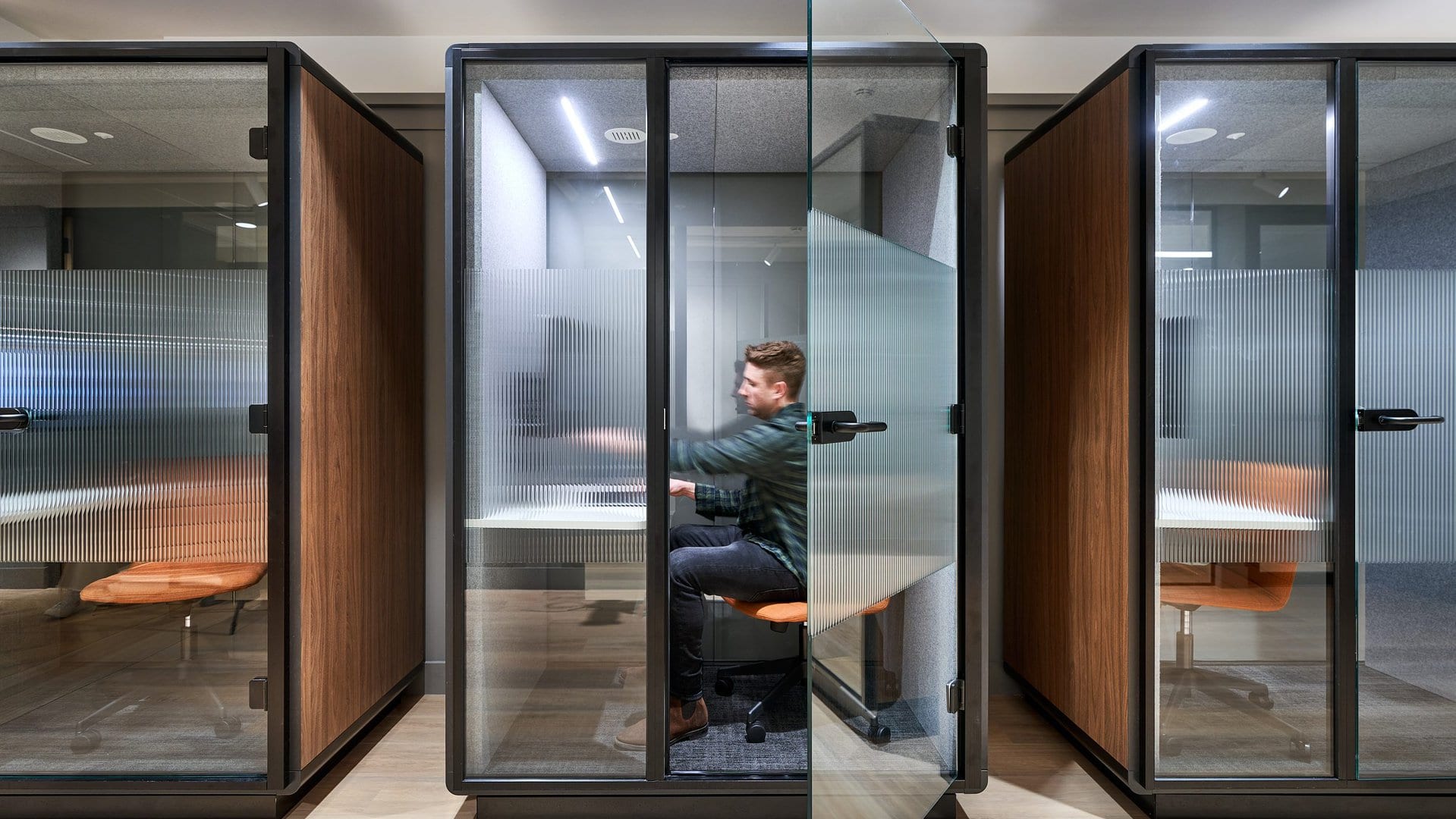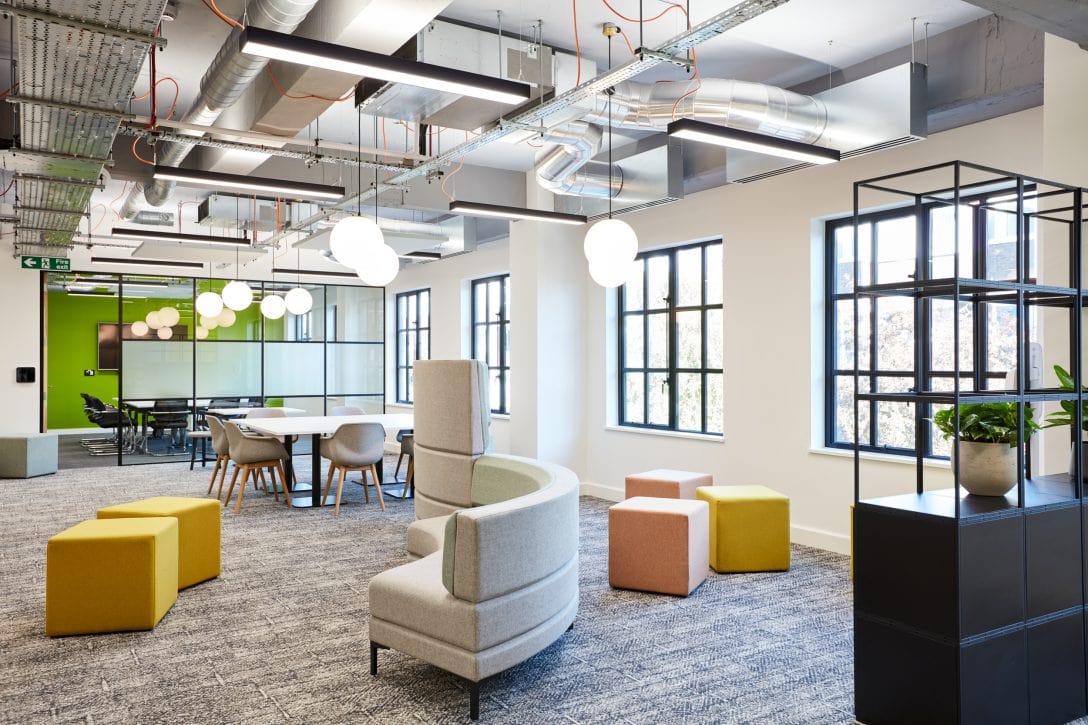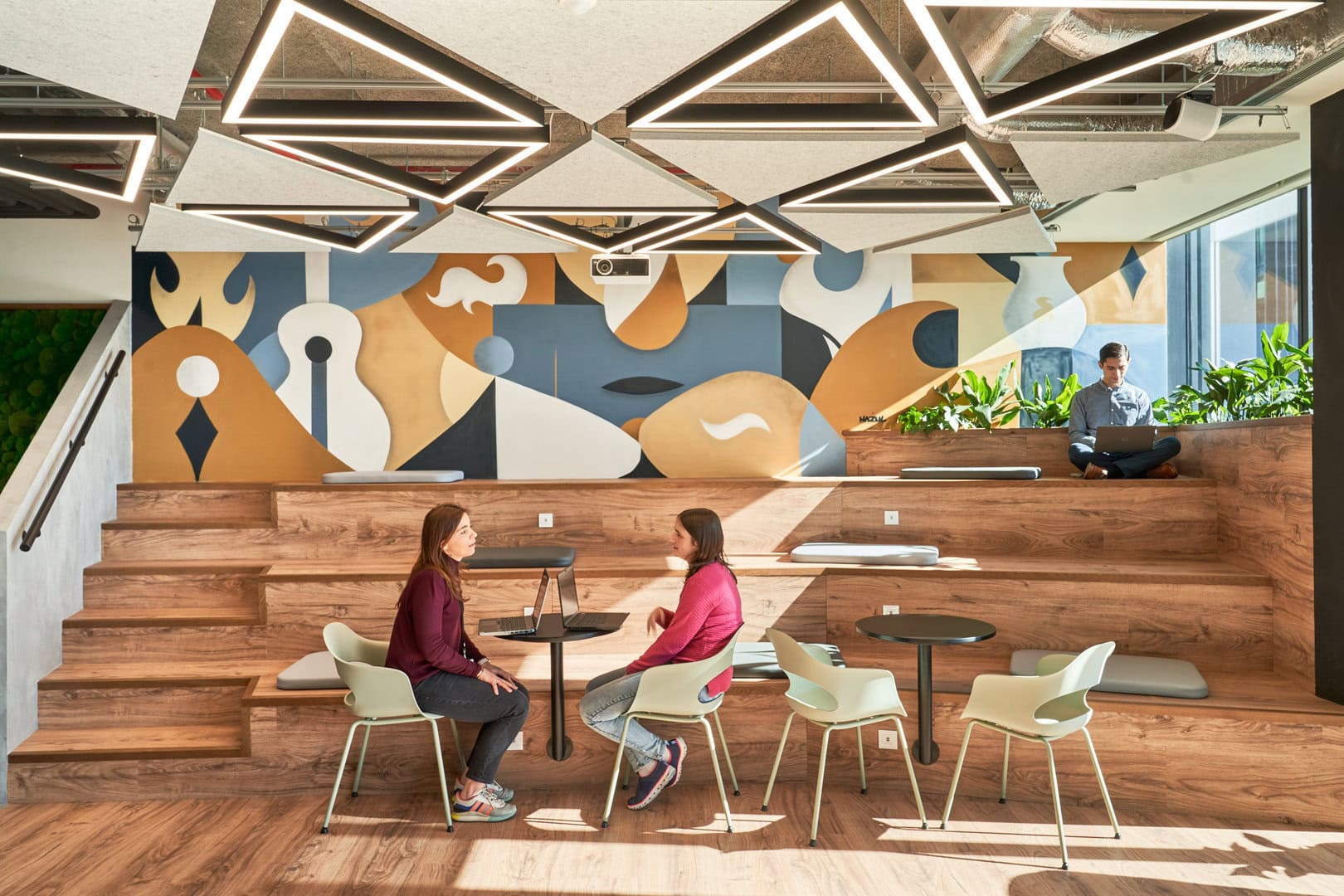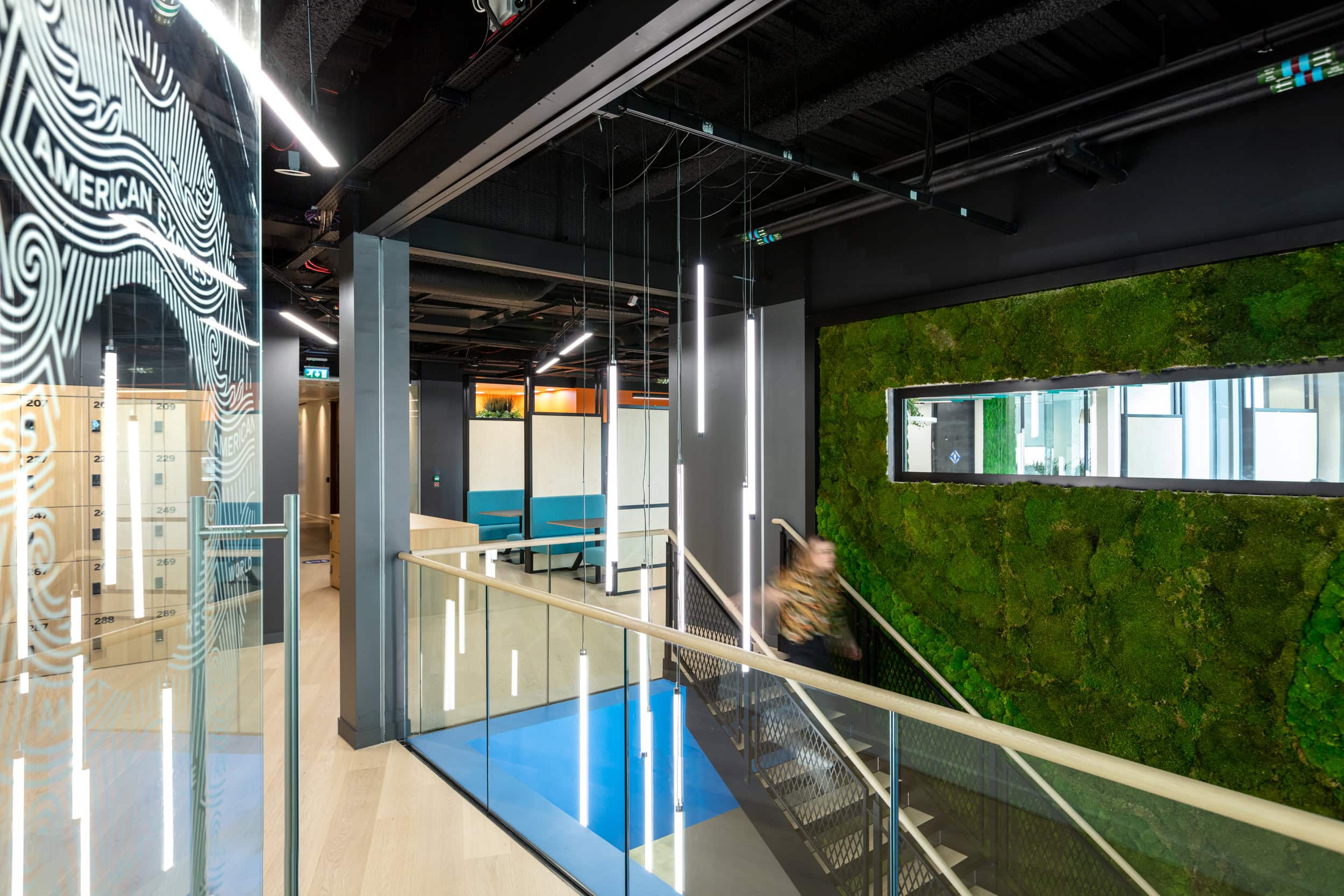Adapting to change: positive post-pandemic office design strategies
Explore resilient strategies to create positive post-pandemic office designs. Embrace change and craft innovative workspaces for the future.

Amid the profound challenges posed by the pandemic, our lives have undergone a transformative journey, marked by both adversity and newfound opportunities. Recognising that a return to pre-pandemic norms is a journey, not an immediate destination, our workplace designers have been looking to harness the positive lessons from the past year to navigate positive post-pandemic office design.
In this article, we explore strategies for crafting a post-pandemic office that not only embraces change but leverages it to enhance our workspaces, fostering resilience and innovation.
6 strategies for positive post-pandemic office design
Continued flexibility
Remote work has ushered in a new era of flexibility, empowering individuals to redefine their daily work routines. As we transition back to the office, organisations should be looking to weave the best aspects of remote work into the fabric of our physical workspaces. This involves introducing agile working practices, providing choices in how and where employees work. The key to cultivating a truly agile post-pandemic office lies in ensuring that our technology is not just current but capable of facilitating seamless communication across global offices.

Creating focus workspaces for focussed productivity
The shift to remote work during the pandemic highlighted the value of focused, distraction-free working environments. Recognising this, the post-pandemic office should be thoughtfully designed with dedicated spaces for focused work. Whether through the integration of booths, focus pods, or quiet zones, our workspaces should reflect the importance of independent working time. This strategy not only enhances productivity but also addresses the challenges of balancing collaboration and focused work.
Upholding remote working privacy
One positive aspect of remote work has been the ability to engage in private conversations with colleagues, managers, or clients, free from the potential gaze of an entire office. As we shape our post-pandemic offices, it’s crucial to incorporate spaces that respect and enhance privacy. This could involve the inclusion of cubicles, the addition of smaller meeting rooms or the provision of secluded areas. These enhancements ensure that the post-pandemic office retains the advantages of confidential one-on-one conversations.
Keeping the post-pandemic office safe
The pandemic has heightened our collective awareness of health and safety, and this positive shift should endure in our workplace practices. Creating a safe post-pandemic office involves implementing health measures such as regular deep cleaning, one-way systems, increased sanitisation points, improved ventilation, and spatial adjustments for social distancing. By prioritising the well-being of our team members, we not only ensure a safe return to the office but also foster an environment where employees feel comfortable spending more time.
Maintaining virtual workplace connectivity
The post-pandemic office will inevitably continue to integrate virtual collaboration practices, requiring adjustments to our physical and technological infrastructure. To accommodate a more connected yet potentially noisier office, consider enhancements in spatial and technical equipment to improve office acoustics. This proactive approach ensures that the post-pandemic office remains conducive to both in-person and virtual collaboration.
Balancing hybrid work practices for the post-pandemic future
As sentiments and work practices undergo significant shifts, achieving a harmonious balance between work and home in the post-pandemic office requires a tailored approach. Aligning business goals, employee needs and technological advancements will define the success of our hybrid work practices in the post-pandemic era. If you’ve discovered positive elements from your pandemic experiences, our experts can help seamlessly integrate them into the design of your post-pandemic office. Here’s how to get in touch.


